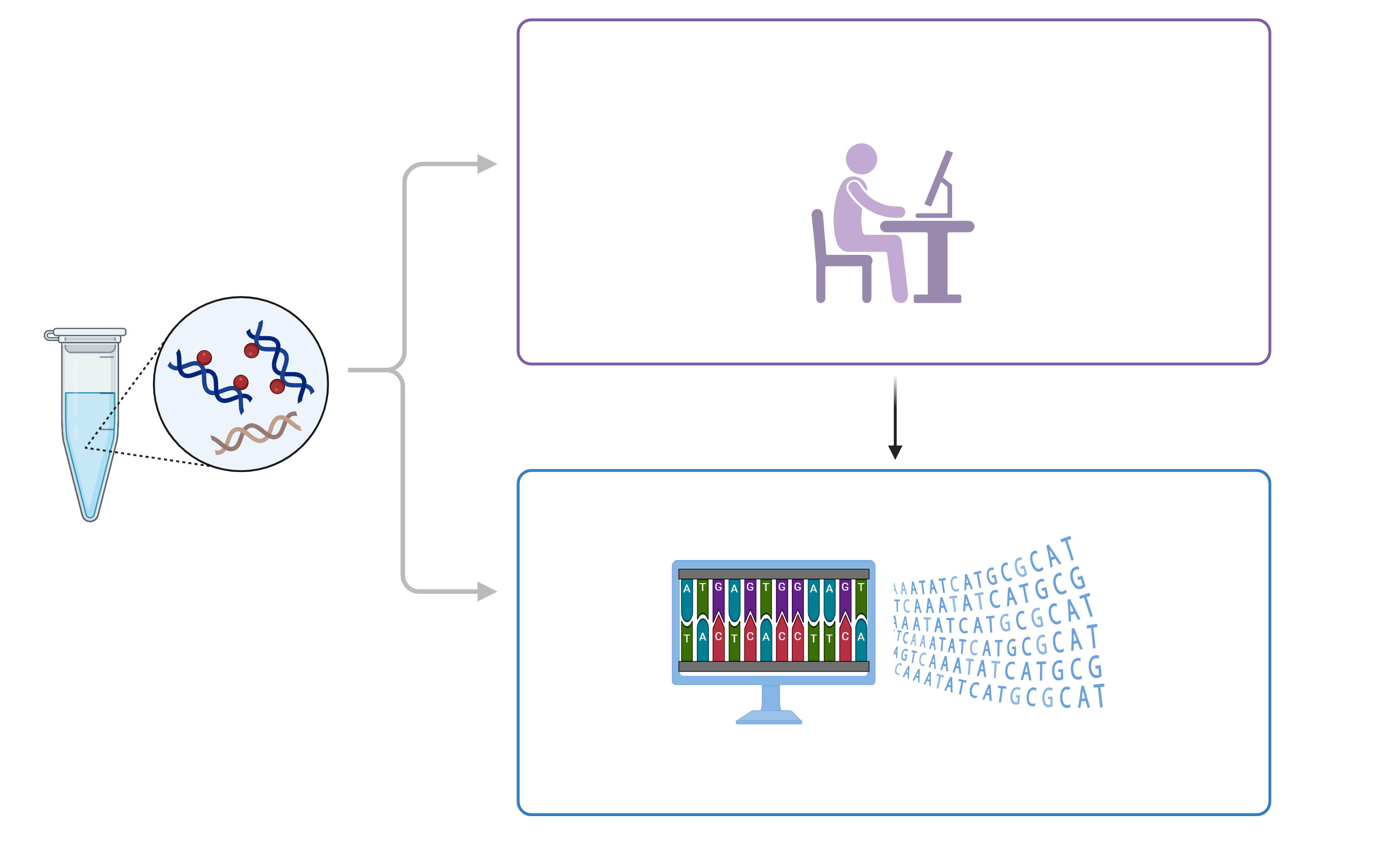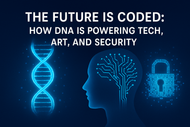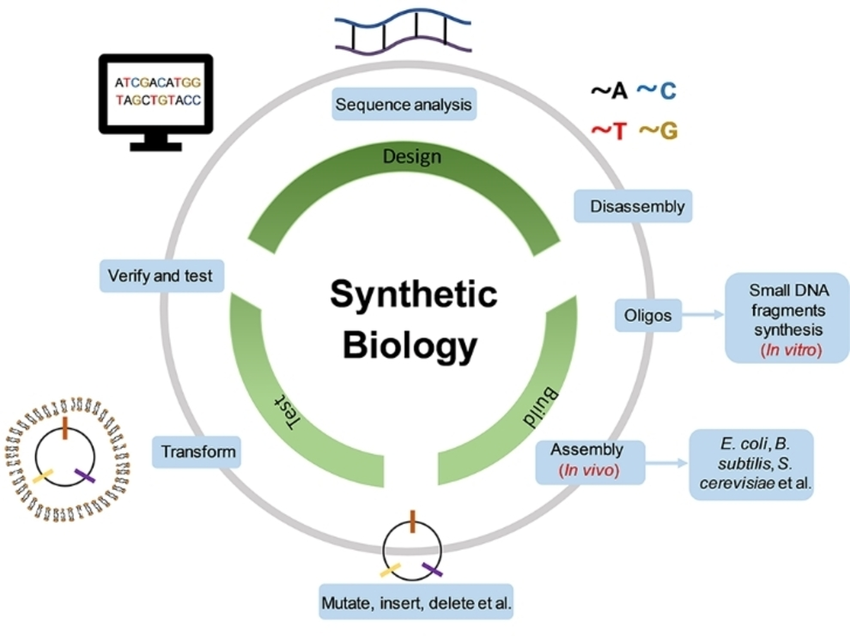The Future Is Coded: How DNA Is Powering Tech, Art, and Security
Posted by Lieven Gevaert on 18th Jul 2025
DNA as the New Hard Drive: Data Storage at the Molecular Level
Researchers are now using synthetic DNA as a revolutionary medium for digital data storage, encoding everything from movies and books to entire databases into strands of genetic code. Instead of binary 0s and 1s, DNA uses four chemical bases A, T, C, and G to represent information, allowing for extremely dense and durable storage. A single gram of DNA could theoretically hold over 200 million gigabytes of data and remain intact for thousands of years. The process involves converting digital files into DNA sequences, synthesizing them in the lab, and later decoding them through DNA sequencing. Though still costly and slow compared to traditional drives, DNA storage offers unmatched longevity and compactness, making it a promising solution for long-term data archiving and future-proof information preservation.

DNA-based authentication and cybersecurity
As digital threats grow more advanced, researchers are exploring DNA as a next-generation solution for authentication and cybersecurity. Unlike traditional passwords or digital keys, DNA offers a unique, biologically encoded identity that is virtually impossible to replicate or forge. Synthetic DNA tags can be embedded into products such as luxury goods, pharmaceuticals, and electronics to ensure authenticity and prevent counterfeiting. In cybersecurity, scientists are developing methods to use DNA strands as physical encryption keys, biometric access controls, and even tamper-proof signatures for digital devices. These systems promise a new era of molecular-level security, where protection is not just digital but embedded in the very fabric of matter. Although challenges remain around speed, cost, and ethical concerns, DNA-based authentication is emerging as a powerful tool to safeguard both physical and digital assets in the future.
From Code to Identity: DNA as the Ultimate Biometric Key
In the rapidly evolving world of digital security and personal identification, DNA stands out as the most precise and unforgeable form of biometric data. Unlike fingerprints or facial recognition, which can potentially be replicated or bypassed, an individual's DNA is entirely unique and rooted in their biology. Future security systems may use small, non-invasive DNA samples such as a skin cell or a trace of saliva to grant ultra-secure access to buildings, sensitive databases, or even personal devices. This form of identification could also be tied to digital identities, ensuring that only the true owner of the data can unlock or authorize it. As the cost and speed of DNA sequencing continue to improve, integrating genetic identity into authentication systems may become both practical and mainstream, ushering in an era where you literally are your password.

Looking Ahead: The Rise of Synthetic Biology and DNA Circuits
Synthetic biology is opening the door to an extraordinary future where DNA is not just a passive code, but an active programming language for living systems. Scientists are now engineering synthetic DNA sequences to create biological circuits similar to electronic ones that can control how cells behave. These "DNA circuits" can be used to develop living computers, diagnostic systems that detect diseases from within the body, or smart therapeutics that release drugs only in the presence of specific genetic markers. Beyond medicine, this technology has potential applications in environmental cleanup, bio-manufacturing, and even nanotechnology. Imagine programmable bacteria that build materials, or tiny DNA-based robots that repair cells at the molecular level. As synthetic biology advances, DNA could become the backbone of a new class of responsive, intelligent biological machines redefining what’s possible at the intersection of biology and technology.



